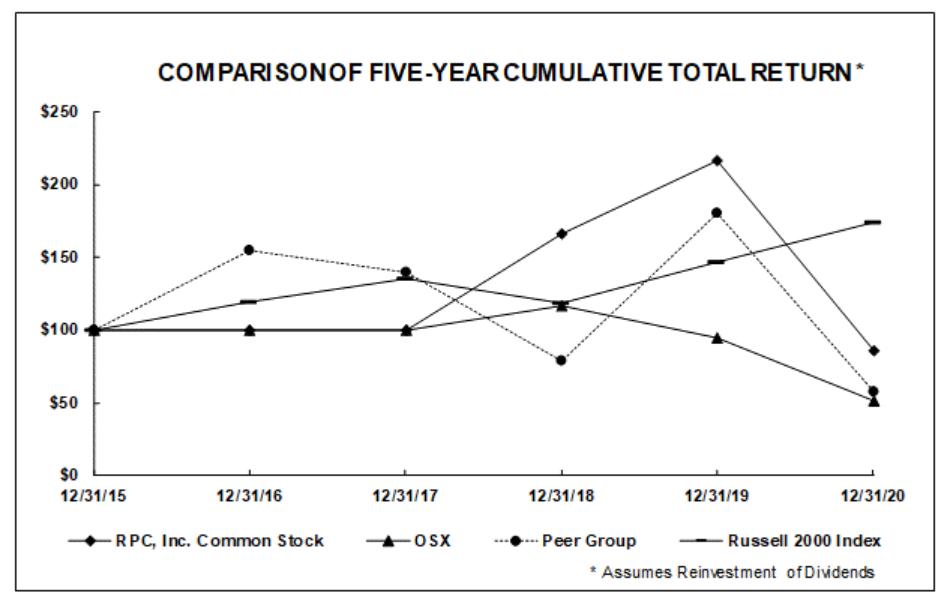their net cash surrender values, which approximates fair value, as provided by the issuing insurance company, whose Standard & Poor’s credit rating was A+.
The Company classifies the SERP assets as trading securities as described in Note 1. The fair value of these assets totaled $32,039,000 as of December 31, 2020 and $28,476,000 as of December 31, 2019. The SERP assets are reported in other assets on the balance sheet. The changes in the fair value of these assets, and normal insurance expenses are recorded in the consolidated statement of operations as compensation cost within selling, general and administrative expenses. Trading gains (losses) related to the SERP assets totaled $2,620,000 in 2020, $(5,524,000) in 2019, and $(2,282,000) in 2018. The SERP liability includes participant deferrals net of distributions and is recorded on the balance sheet in long-term pension liabilities with any change in the fair value of the liabilities recorded as compensation cost within selling, general and administrative expenses in the consolidated statements of operations.
As a result of Company-owned life insurance policy claims, the Company recorded tax-free gains of $891,000 during 2020; these gains are recorded as an adjustment to compensation cost within selling, general and administrative expenses in the consolidated statements of operations. Proceeds received totaling $1,566,000 have been reinvested into mutual funds held as SERP assets.
401(k) Plan
RPC sponsors a defined contribution 401(k) Plan that is available to substantially all full-time employees with more than three months of service. This plan allows employees to make tax-deferred contributions from 1 to 25 percent of their annual compensation, not exceeding the permissible contribution imposed by the Internal Revenue Code. Effective January 1, 2020, the Company began making 100 percent matching contributions for each dollar $(1.00) of a participant’s contribution to the 401(k) Plan for the first three percent of his or her annual compensation and 50 cents $(0.50) for each dollar $(1.00) of a participant’s contribution to the 401(k) Plan for the next three percent of his or her annual compensation. During 2019, the Company made matching contributions of 50 cents $(0.50) for each dollar $(1.00) of a participant's contribution to the 401(k) Plan that did not exceed six percent of his or her annual compensation. Employees vest in the RPC contributions after two years of service. The charges to expense for the Company’s contributions to the 401(k) Plan were $ 5,641,000 in 2020, $10,805,000 in 2019, and $5,704,000 in 2018.
Stock Incentive Plans
The Company has issued stock options and restricted stock to employees under three 10-year stock incentive plans that were approved by stockholders in 1994, 2004 and 2015. The 1994 plan expired in 2004 and the 2004 Plan expired in 2015. In April 2014, the Company reserved 8,000,000 shares of common stock under the 2014 Stock Incentive Plan with a term of 10 years expiring in April 2024. This plan provides for the issuance of various forms of stock incentives, including, among others, incentive and non-qualified stock options and restricted shares. As of December 31, 2020, 4,012,780 shares were available for grant. As of December 31, 2019, 4,729,863 shares were available for grant.
The Company recognizes compensation expense for the unvested portion of awards outstanding over the remainder of the service period. The compensation cost recorded for these awards is based on their fair value at the grant date less the cost of estimated forfeitures. Forfeitures are estimated at the time of grant and revised, if necessary, in subsequent periods to reflect actual forfeitures.
Pre-tax stock-based employee compensation expense was $8,735,000 in 2020 $(6,595,000 after tax), $8,630,000 in 2019 $(6,516,000 after tax) and $9,419,000 in 2018 $(7,111,000 after tax).
Stock Options
Stock options are granted at an exercise price equal to the fair market value of the Company’s common stock at the date of grant except for grants of incentive stock options to owners of greater than 10 percent of the Company’s voting securities which must be made at 110 percent of the fair market value of the Company’s common stock. Options generally vest ratably over a period of five years and expire in 10 years, except incentive stock options granted to owners of greater than 10 percent of the Company’s voting securities, which expire in five years.
The Company estimates the fair value of stock options as of the date of grant using the Black-Scholes option pricing model. The Company has not granted stock options to employees since 2003. There were no stock options exercised during 2020, 2019 or 2018 and there are no stock options outstanding as of December 31, 2020 and 2019.
